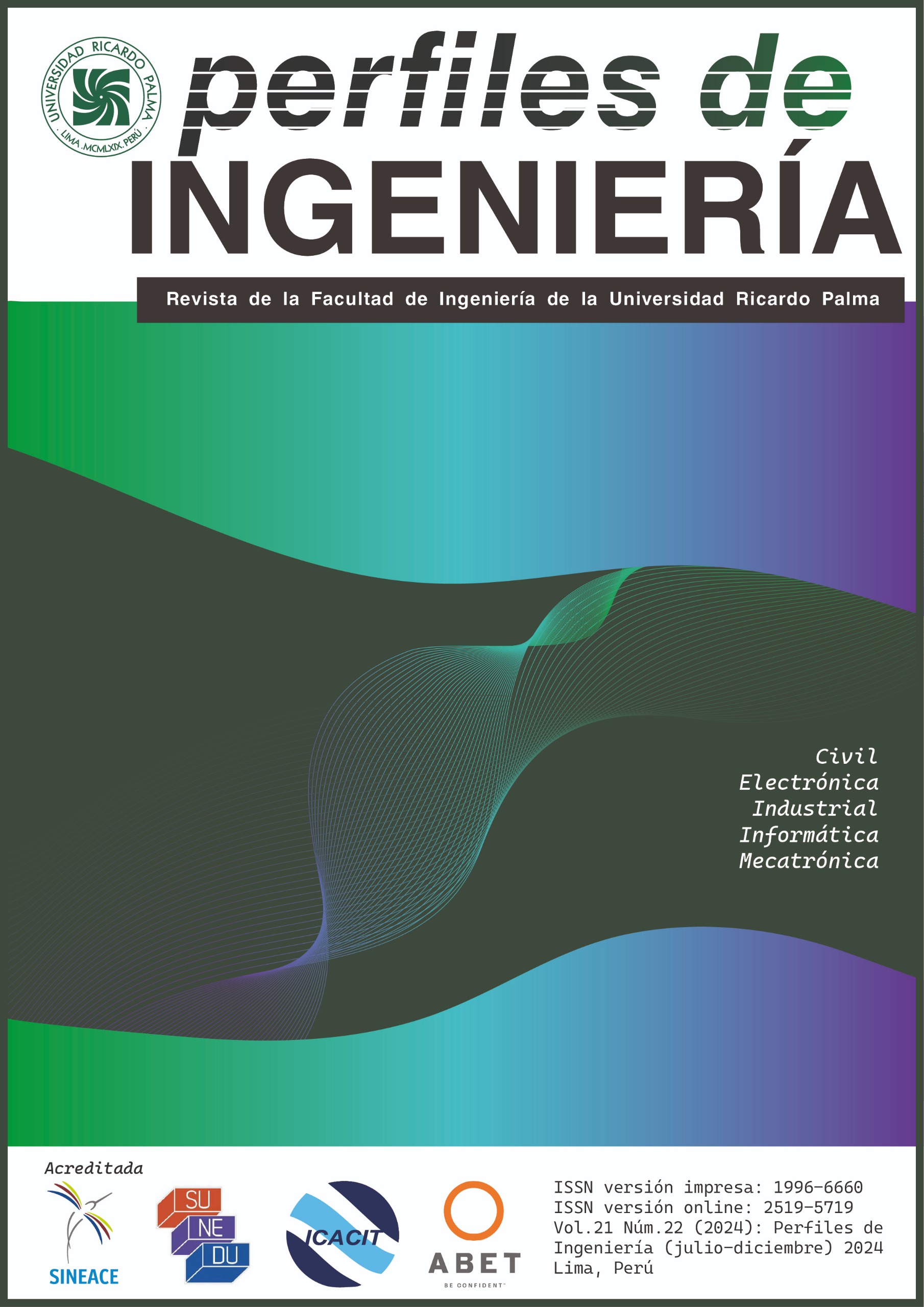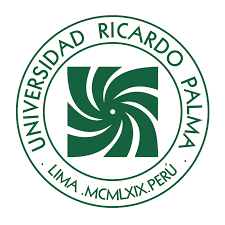Determination of the pre-consolidation effort from the liquidity index and the sensitivity of the clay soils of Pucallpa
DOI:
https://doi.org/10.31381/perfilesingenieria.v21i22.6597Keywords:
clays, Pucallpa, preconsolidation, sensitivity.Abstract
Currently, the preconsolidation effort is generally determined from the one-dimensional consolidation test in the laboratory, whose procedure is too long and requires a lot of execution time, where one must wait between 10 to 15 days to obtain the results. However, the United States Department of the Navy has alternative theories and formulas to determine this parameter in a more practical way and in less time, based on the determination of the liquidity index and the sensitivity of the soil.
Therefore, this research work will calculate the pre-consolidation effort based on the aforementioned methodology of fine soils (clay), a determining geotechnical parameter to calculate settlements due to consolidation when applying a load to a structure to be built. In this way, unaltered samples of clay soils well distributed in the city of Pucallpa have been tested, carrying out laboratory tests for identification and characterization of the evaluated samples, such as natural moisture content, liquid limit, plastic limit to determine their index of plasticity, in addition to simple or unconfined compression tests on unaltered and remoulded samples, necessary and sufficient data to obtain the Liquidity Index and sensitivity.
The result of the research was to confirm a reliable alternative methodology, which requires less cost and time to determine the pre-consolidation effort, whose results obtained have been compared with various one-dimensional consolidation tests carried out in the laboratory with samples from different projects carried out in the study zone.
Downloads
References
Badillo, J., & Rodriguez, R. (2011). Mecanica de Suelos. Mexico: Limusa.
Braja M Das. (2013). Fundamentos de Ingenieria Geotecnica . Mexico, Cuarta Edicion.
Edificaciones, R. N. (2020). Normal E.050 Suelos y Cimentaciones. SENCICO.
Hurtado, D. I. (1998). Estudios Geotecnicos en la Ciudad de Pucallpa. Pucallpa: Universidad Nacional de Ingenieria.
Ministerio de Vivienda, C. y.-L. (2020). Norma E.050 Suelos y Cimentaciones. Lima - Perú: Sencico.
Downloads
Published
How to Cite
Issue
Section
License
Copyright (c) 2024 Marco Antonio Hernández Aguilar

This work is licensed under a Creative Commons Attribution 4.0 International License.
In the event that the manuscript is approved for its next publication, the authors retain the copyright and assign to the journal the right of publication, edition, reproduction, distribution, exhibition and communication in the country of origin, as well as in the abroad, through print and electronic media in different databases. Therefore, it is established that after the publication of the articles, the authors may make other types of independent or additional agreements for the non-exclusive dissemination of the version of the article published in this journal (publication in books or institutional repositories), provided that it is explicitly indicated that the work has been published for the first time in this journal.
To record this procedure, the author must complete the following forms:

1.png)








